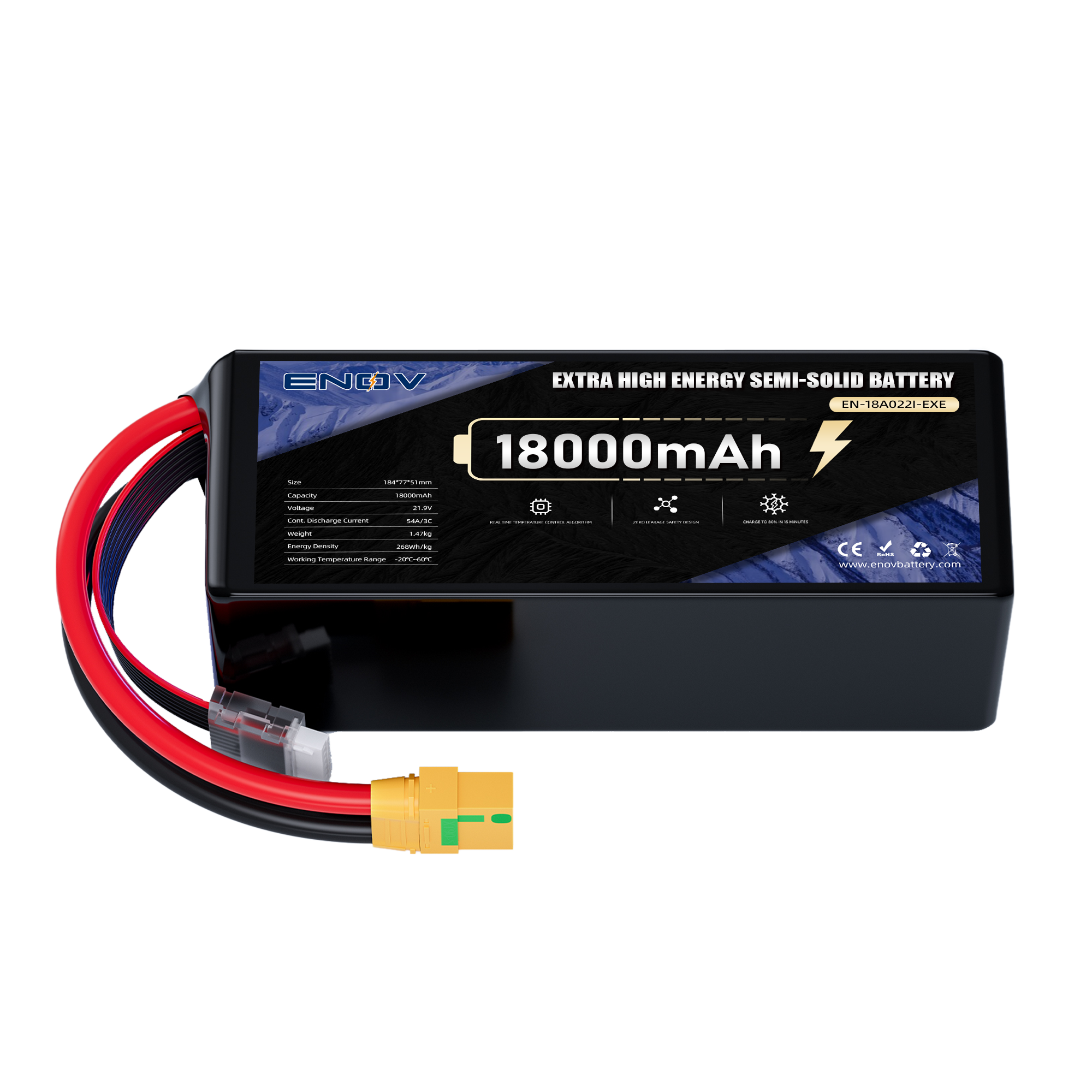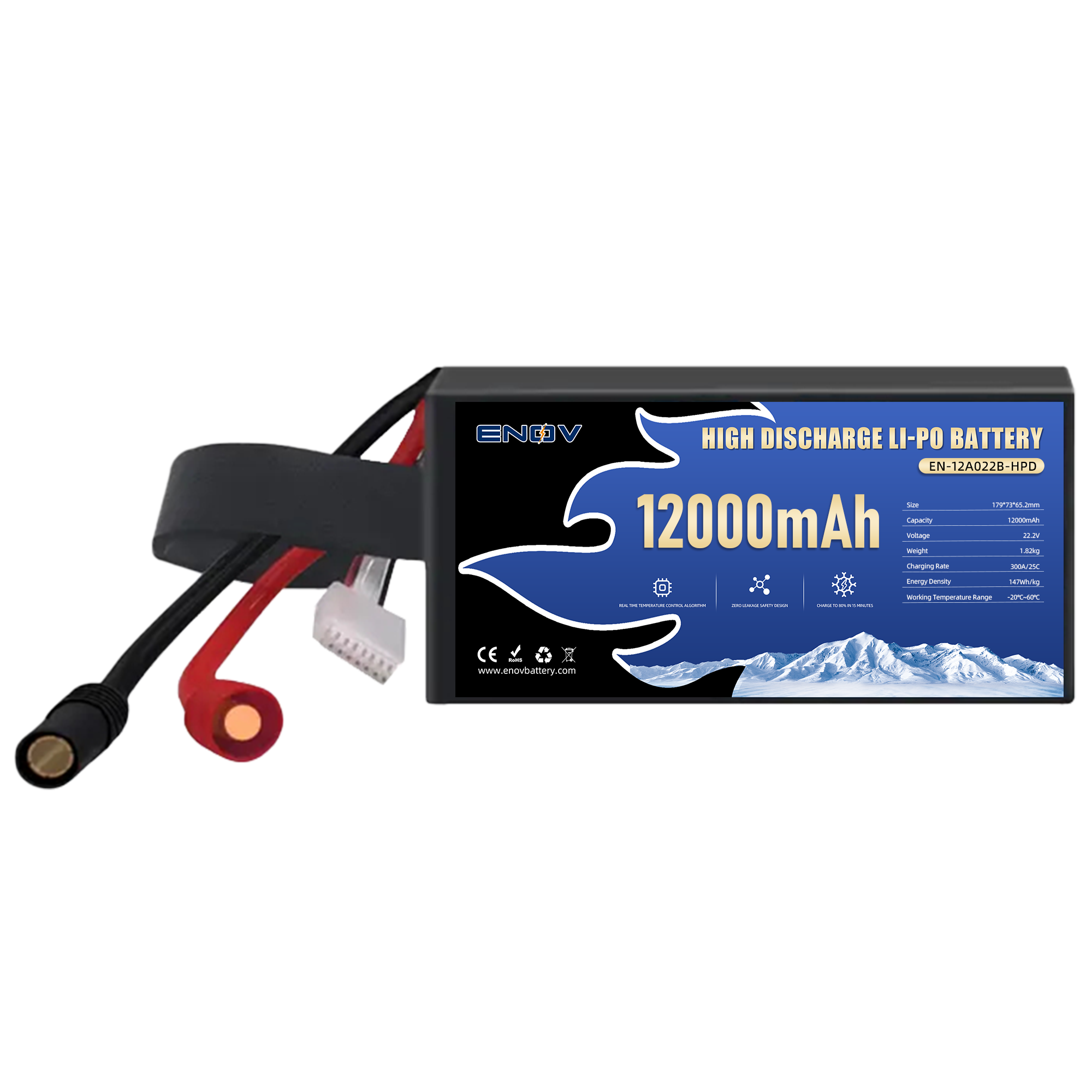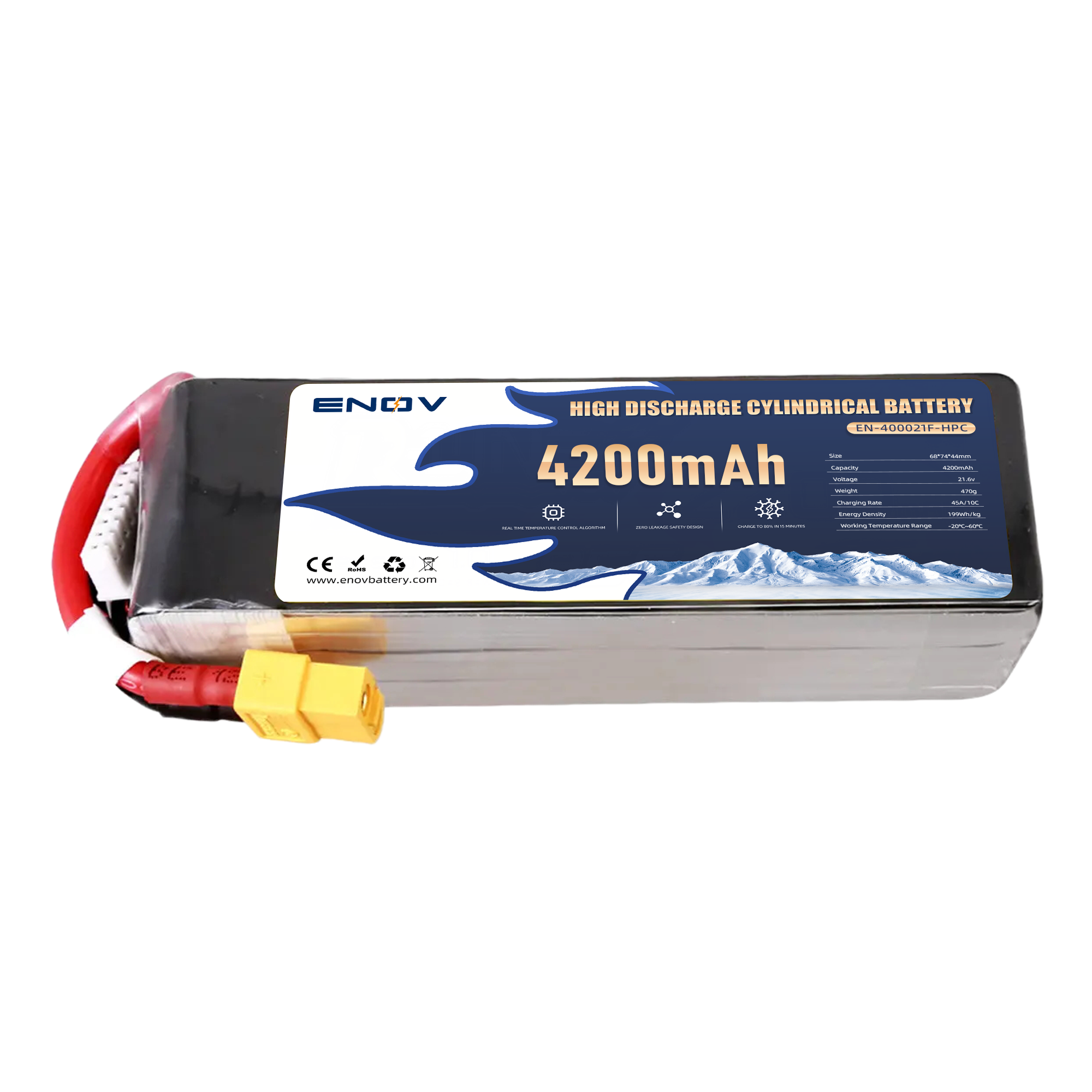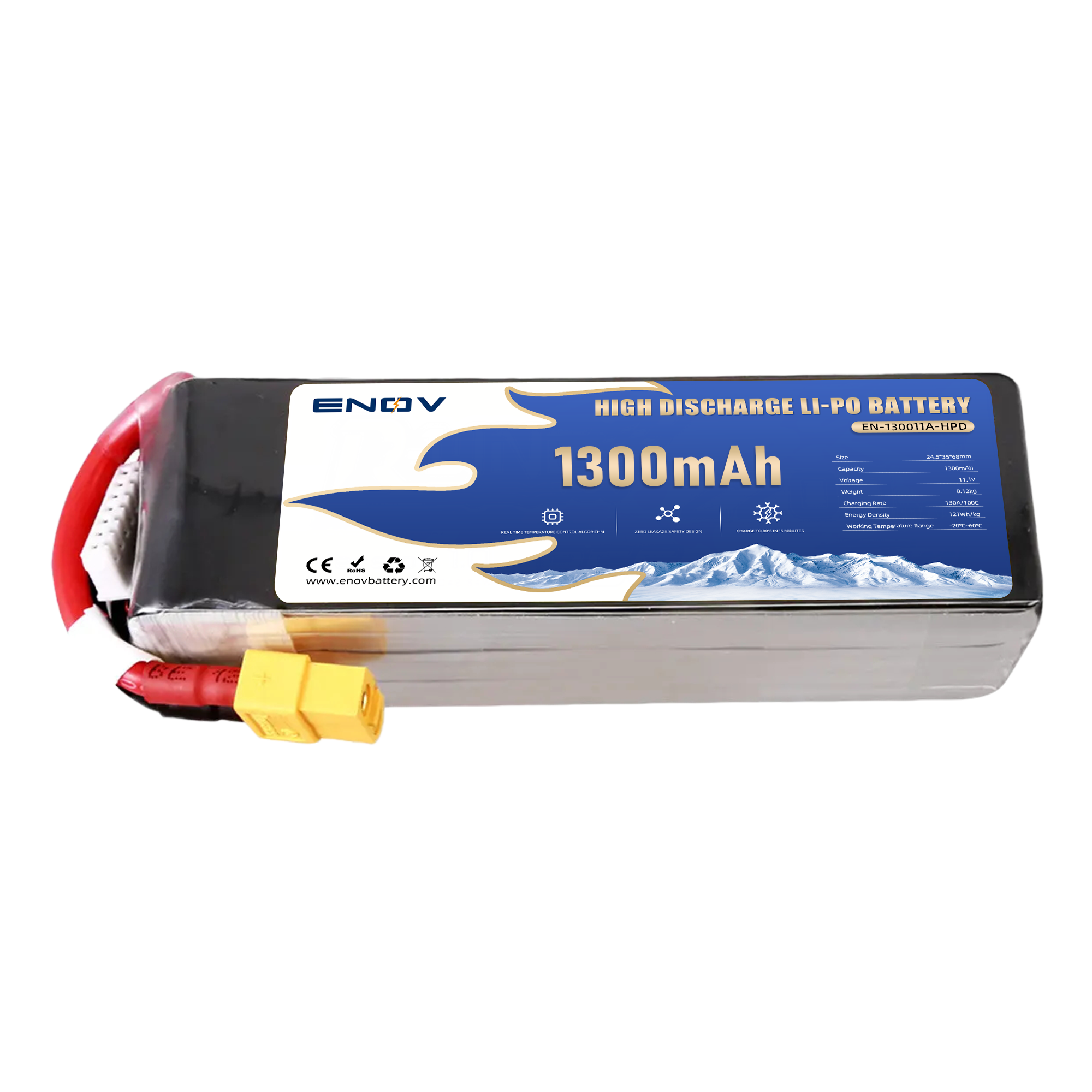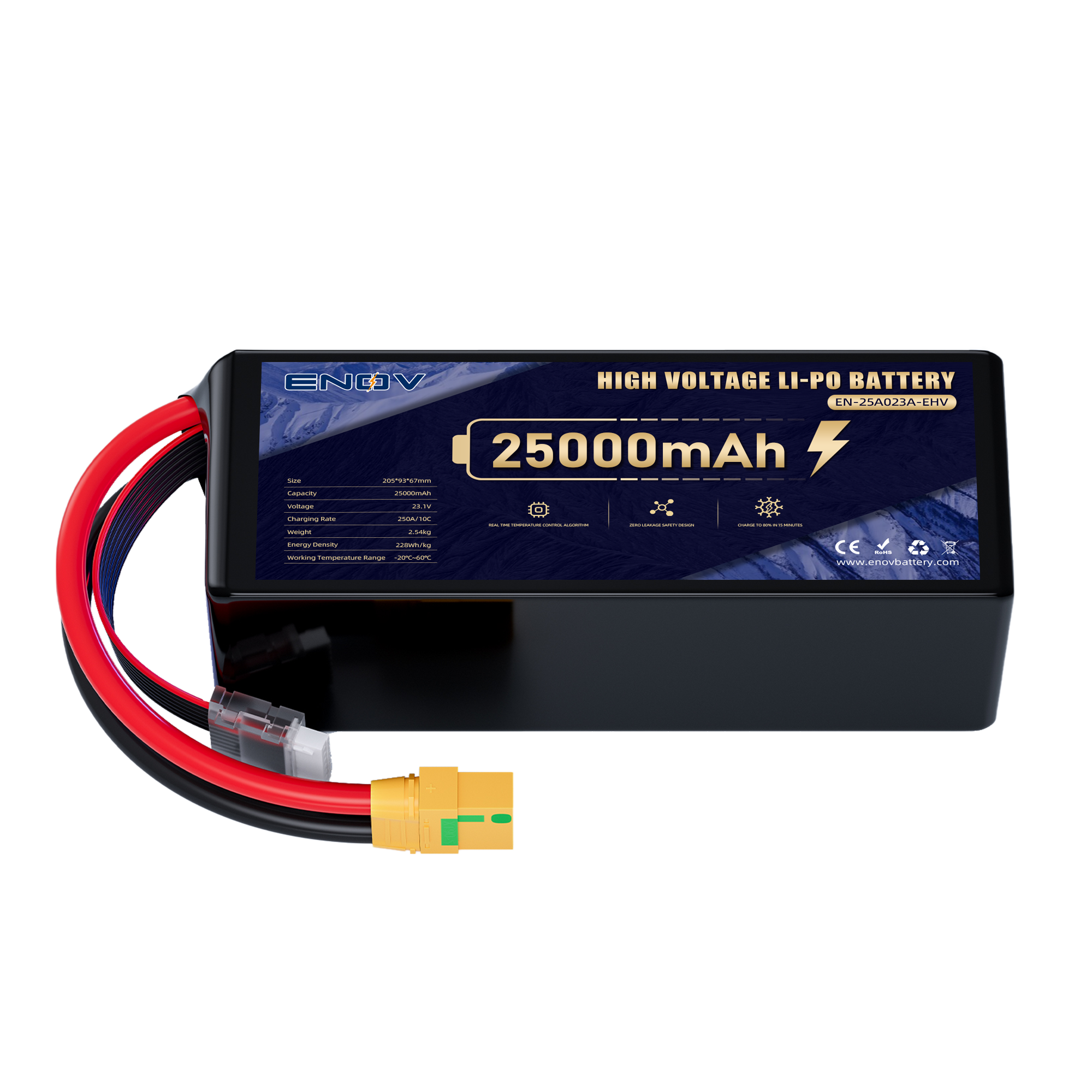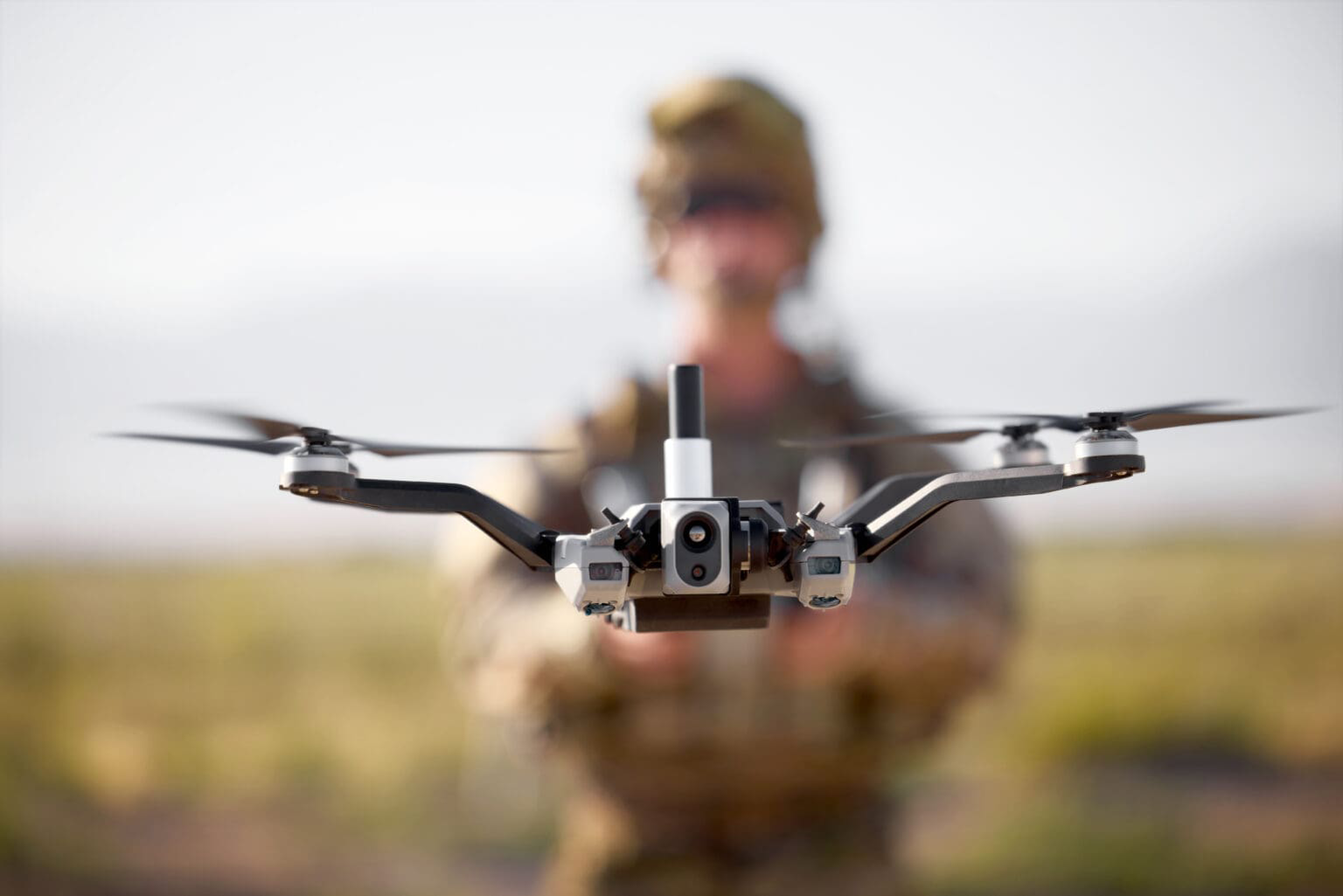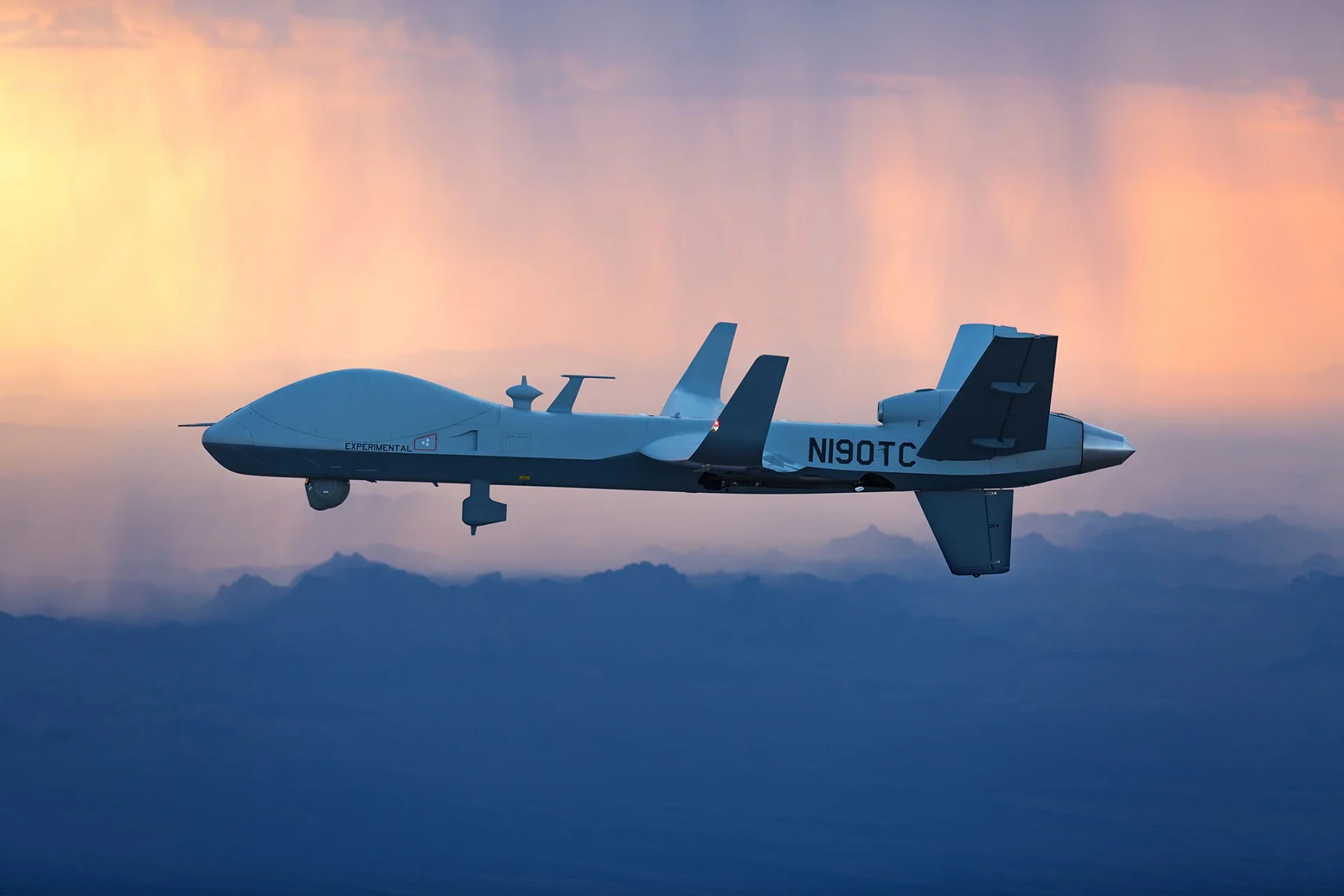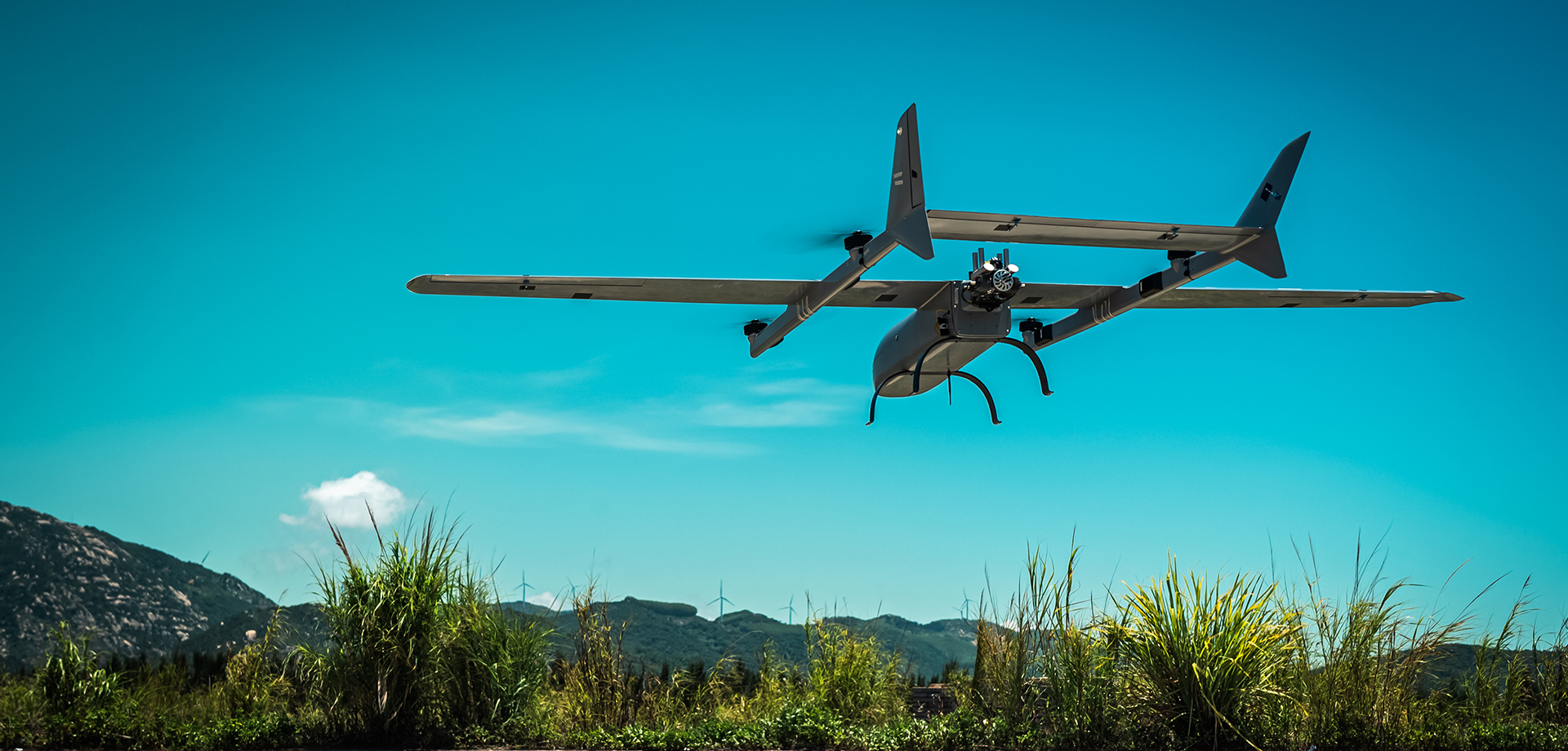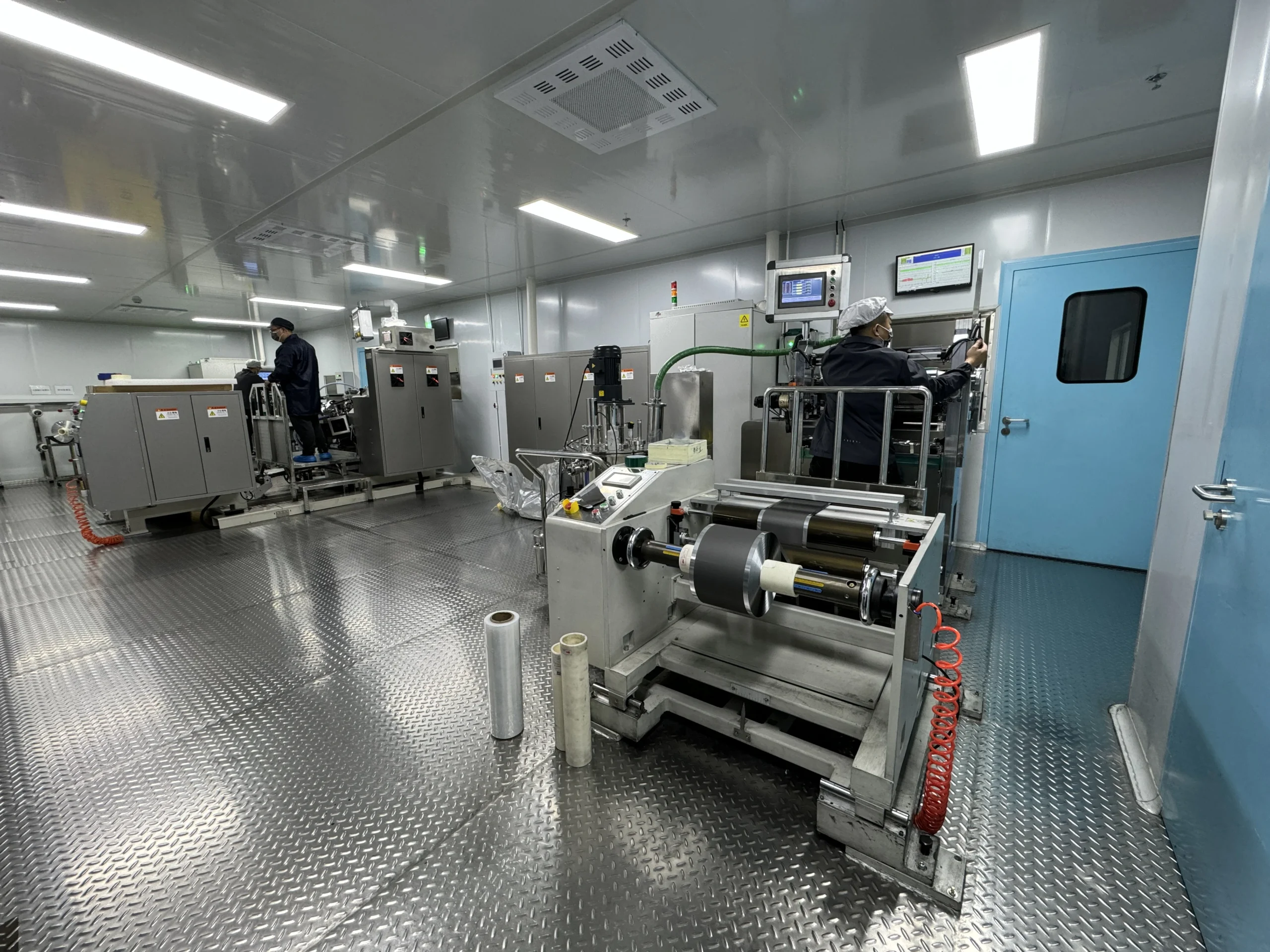Understanding Drone Battery Voltage: A Complete Guide
Drone battery voltage is a critical factor influencing performance, safety, and compatibility. This guide explains how voltage works, its impact on flight dynamics, and how to choose the right voltage for your drone while avoiding common pitfalls.
thrust
What Is Drone Battery Voltage?
Voltage measures the electrical potential difference between a battery’s terminals, determining the power output to motors and electronics. Lithium polymer (LiPo) batteries, the most common type for drones, have a nominal voltage of 3.7V per cell, with a full charge at 4.2V and a safe cutoff at 3.0–3.2V to prevent damage
• Multi-Cell Configurations: Drones use multiple cells connected in series (e.g., 3S = 3 cells × 3.7V = 11.1V nominal). Higher cell counts (e.g., 6S = 22.2V) deliver more power but add weight .
• Voltage Sag: Under load, voltage temporarily drops due to resistance. For example, a 4S battery might dip from 16.8V (fully charged) to 14V during heavy throttle
How Voltage Affects Drone Performance
1. Motor Speed and Thrust: Motor Kv (RPM per volt) determines how fast a motor spins. A 6S battery paired with a 200Kv motor generates 26,640 RPM (22.2V × 200Kv), enabling faster acceleration and higher speeds compared to lower voltages
2. Efficiency vs. Power: Higher voltages (e.g., 6S) reduce current draw for the same power output, improving efficiency and reducing heat in components like ESCs. However, they require heavier batteries and compatible hardware
3. Application-Specific Needs:
o Racing Drones: Prioritize high voltage (6S) for rapid throttle response.
o Cinematography Drones: Opt for mid-range voltages (4S–6S) to balance power and flight time.
o Long-Endurance Drones: Lower voltages (3S–4S) minimize weight for extended missions .
How to Choose the Right Voltage
1. Match Motor and ESC Ratings: Always check motor specifications. A 6S motor will overheat or fail if paired with a 3S battery due to insufficient voltage
2. Consider Weight and Space: Higher-voltage batteries (e.g., 6S) are bulkier and heavier. Ensure your drone’s frame can accommodate the size and weight without sacrificing agility .
3. Voltage Compatibility:
o Low Voltage Cutoff (LVC): Set LVC to 3.2–3.5V per cell to prevent over-discharging.
o Chargers: Use a smart charger that balances cells and avoids overcharging (above 4.2V per cell)
Common Myths About Drone Battery Voltage
• Myth 1: Higher voltage always means better performance. Reality: Excessive voltage strains components and shortens lifespan unless matched with compatible motors and ESCs
• Myth 2: All cells in a multi-cell battery discharge equally. Reality: Imbalanced cells can cause premature voltage drops. Regularly check cell voltages with a balancer
• Myth 3: Voltage sag is a sign of a faulty battery. Reality: Sag is normal under load but worsens with aging batteries or high-current draws
Voltage Maintenance and Safety Tips
1. Storage: Store LiPo batteries at 3.7–3.8V per cell (nominal voltage) to prevent swelling or degradation
2. Pre-Flight Checks: Use an OSD (On-Screen Display) to monitor real-time voltage. Land immediately if any cell drops below 3.5V under load
3. Post-Flight Care: Avoid leaving batteries fully discharged. Recharge to storage voltage within 24 hours
Conclusion
Selecting the correct drone battery voltage requires balancing power demands, hardware compatibility, and weight constraints. High-voltage setups excel in speed and efficiency but demand robust components, while lower voltages prioritize endurance. Regular maintenance, proper charging, and voltage monitoring are essential to maximize performance and safety.
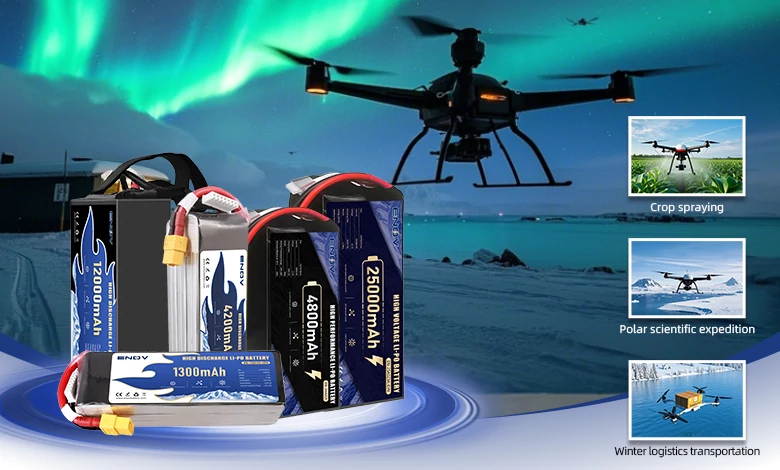
UAV DRONE battery
Enov UAV battery has the most advanced UAV battery new technology, it has a lightweight structural design, ultra-high energy density, stable continuous discharge, customized ultra-high instantaneous discharge, wide temperature working range, stable charge and discharge, battery materials can choose high nickel terpolymer positive/silicon carbon negative material system combined with semi-solid battery technology. Or choose a more mature application of more UAV lithium battery technology, available UAV battery nominal voltage 3.7V, capacity 18.0Ah ~ 30.0Ah, support 10C continuous discharge and 120C pulse discharge (3 seconds). With ultra-high energy density (220-300Wh/kg) as its core advantage, Enov UAV batteries can meet the needs of long-term endurance scenarios such as plant protection drones and transport drones, while maintaining stable emission performance in extremely low temperature environments (-40℃).
Other products
START-STOP LITHIUM BATTERY
LITHIUM ENERGY STORAGE BATTERY
QUICK INQUIRY
FAQ
Access to high frequency technical questions with one click, get accurate answers on product application, after-sales policy and customization process.
Service and Support
Get the latest product specifications, explore professional OEM/ODM customization services, click to open exclusive technical support and production solutions.
Become a Partner
We sincerely invite resources to interconnect, work together for win-win development, and immediately open a new chapter of strategic cooperation!
